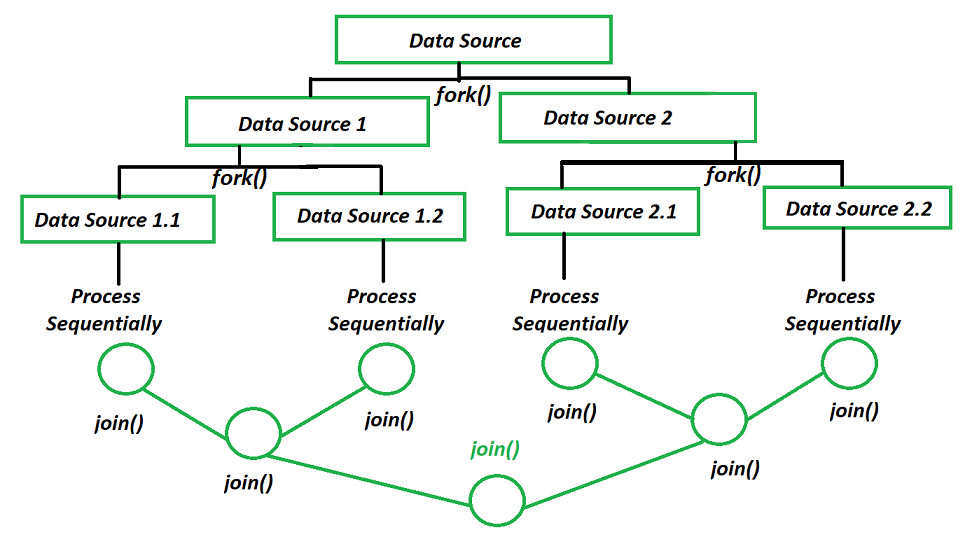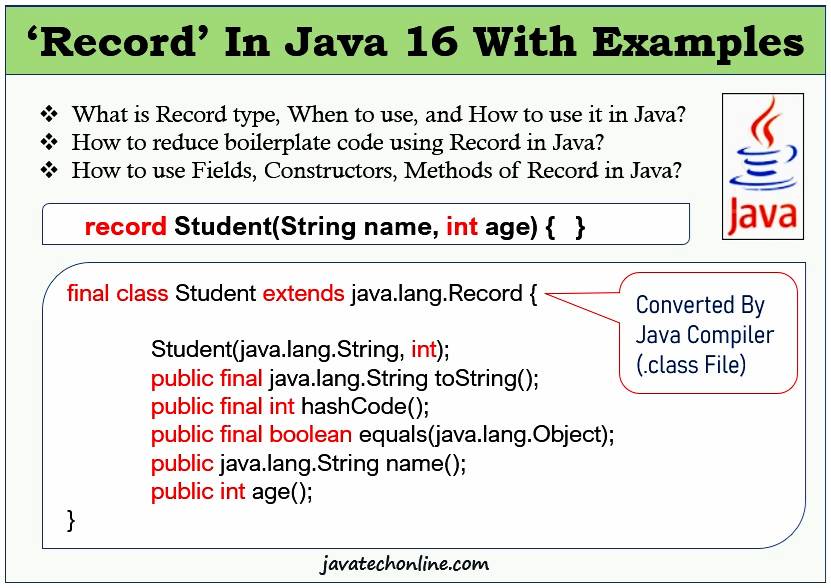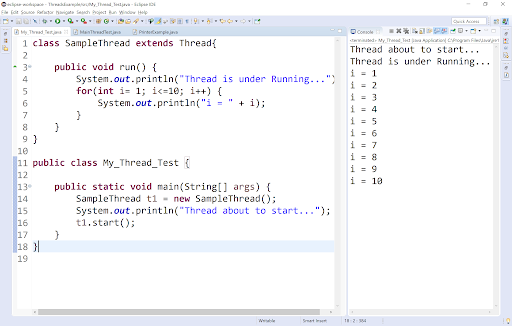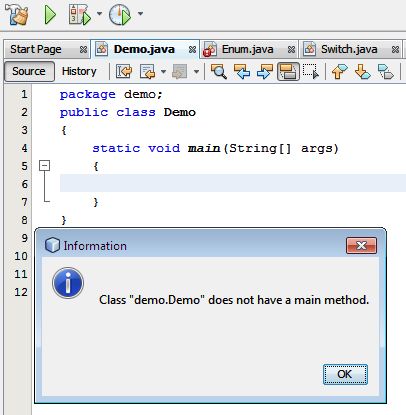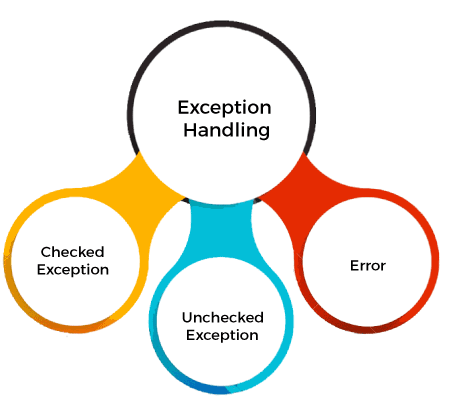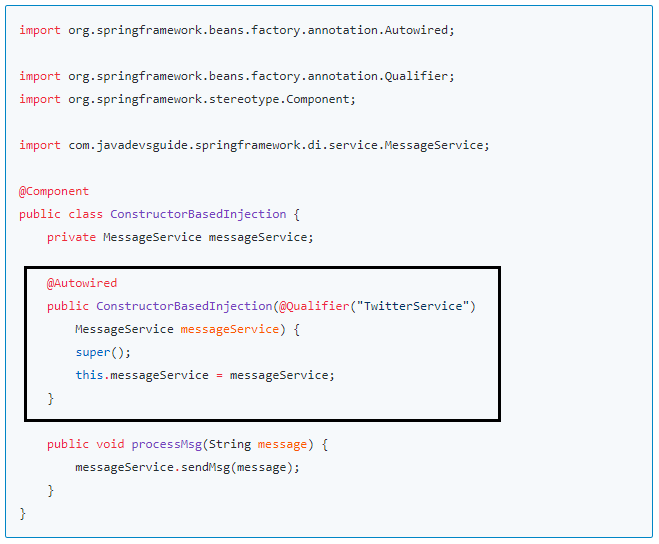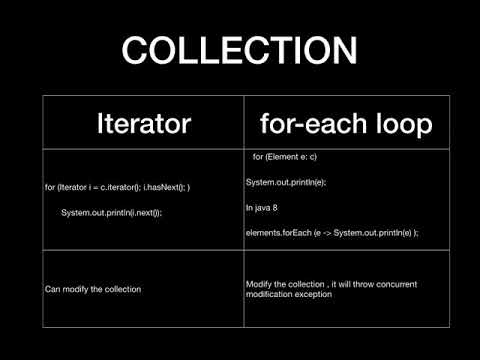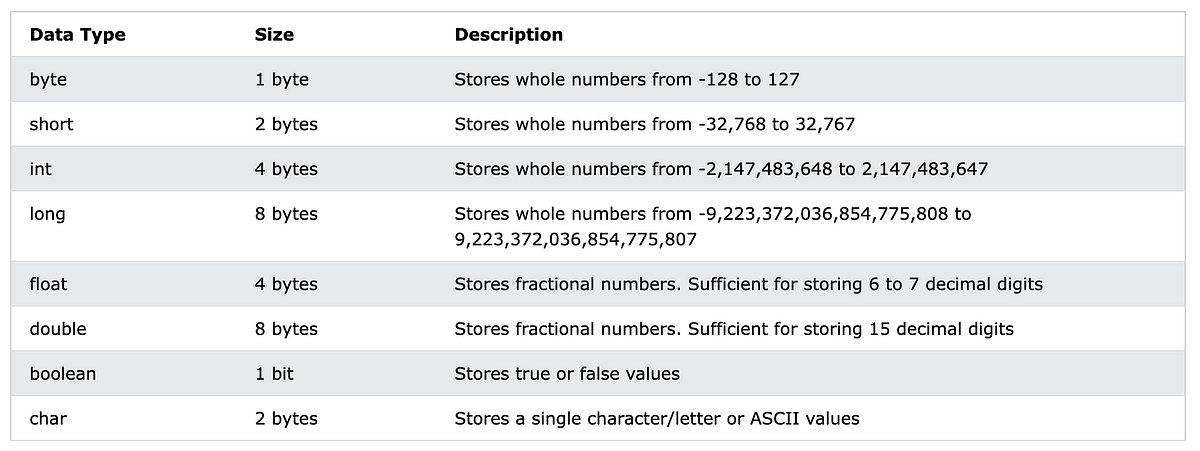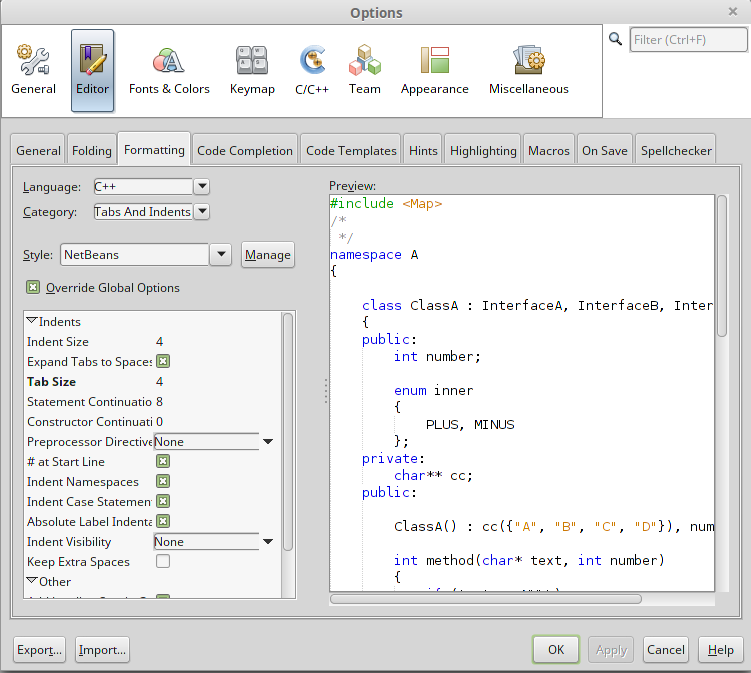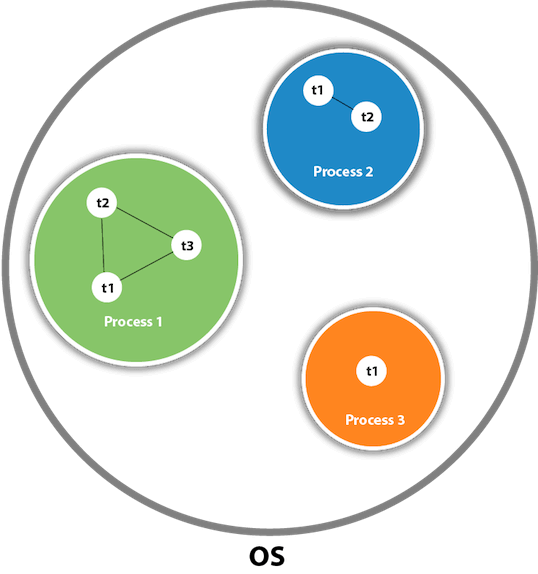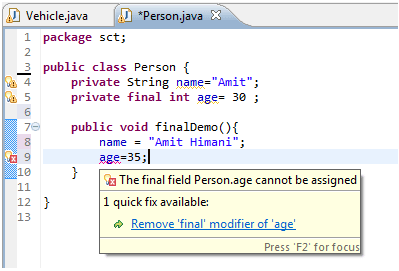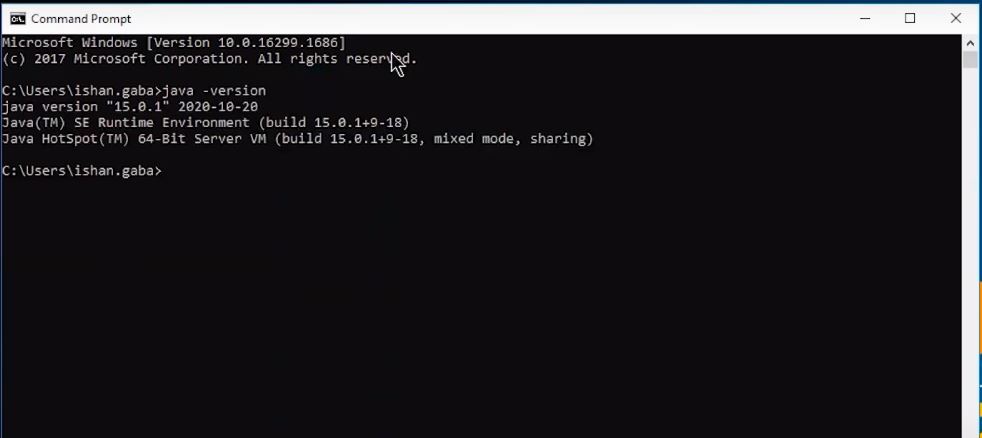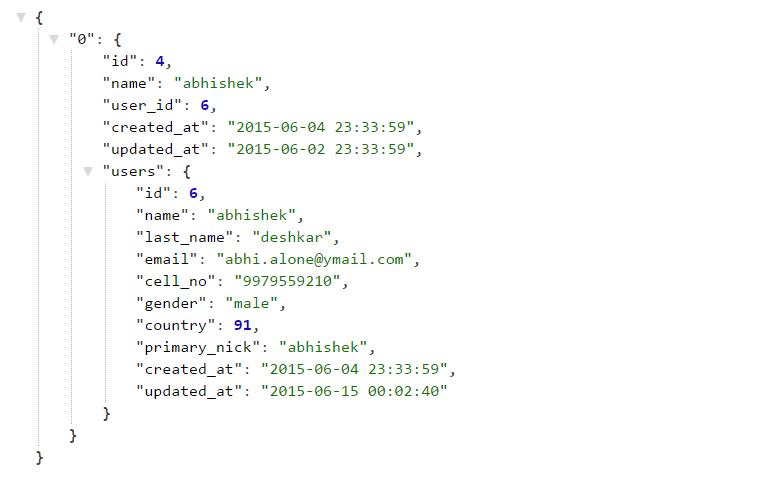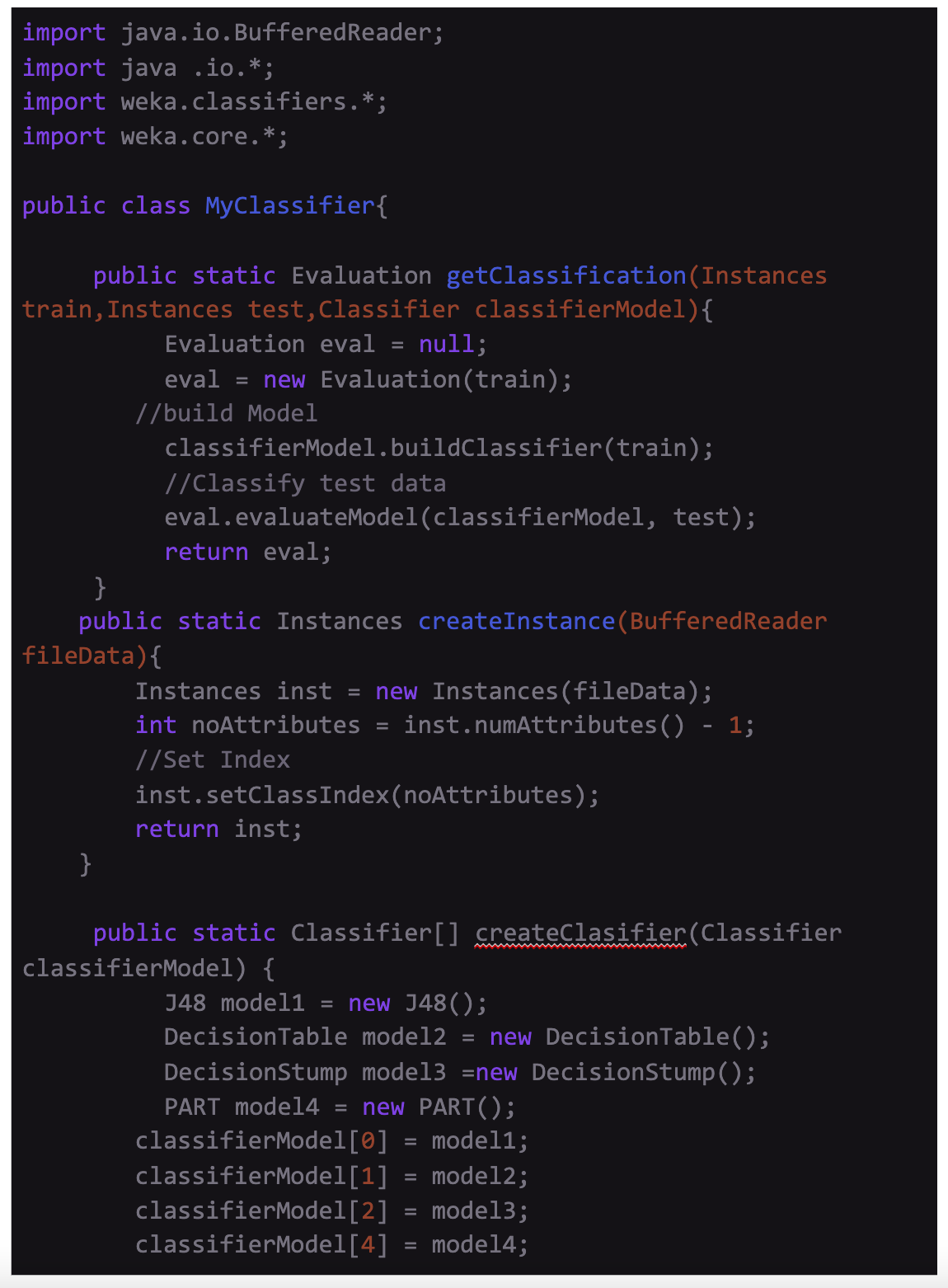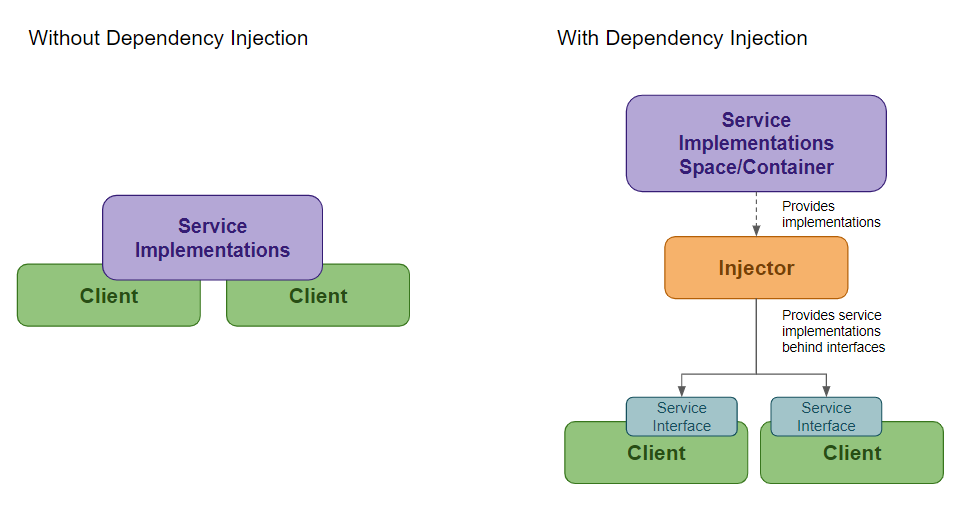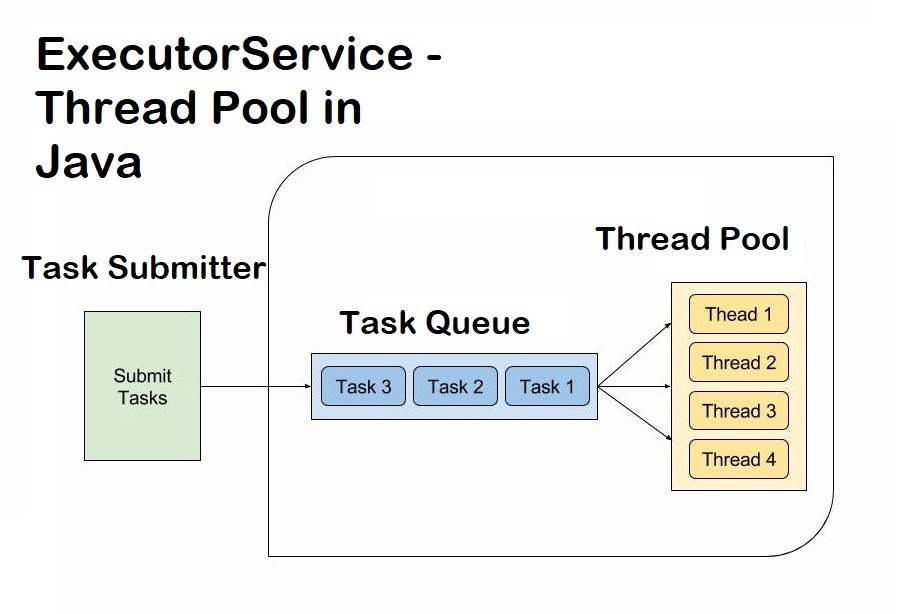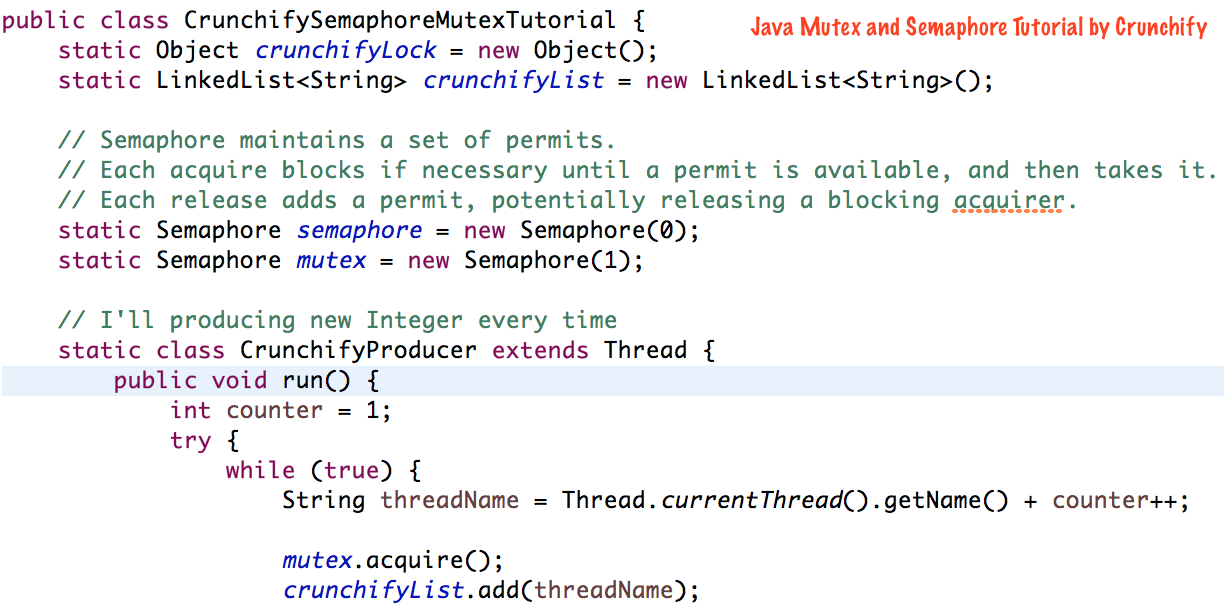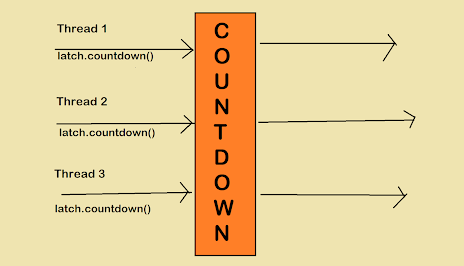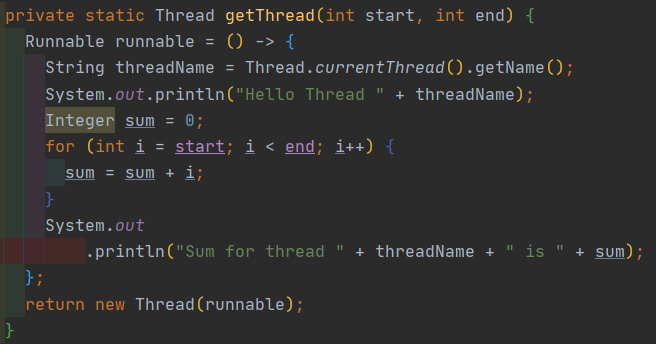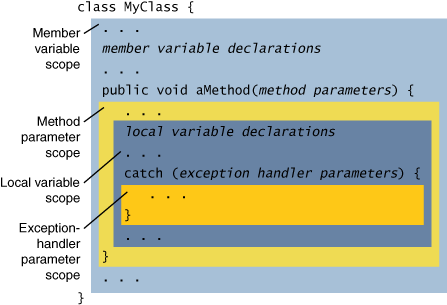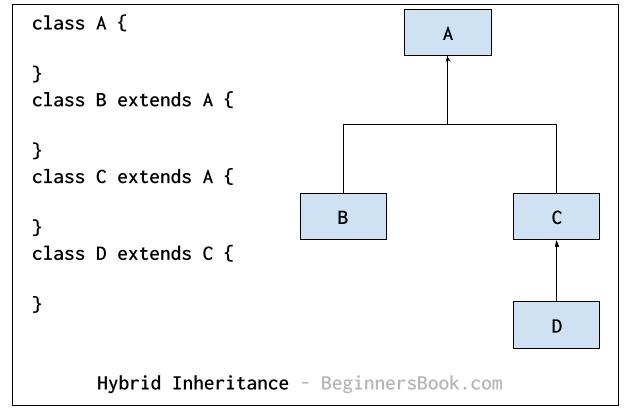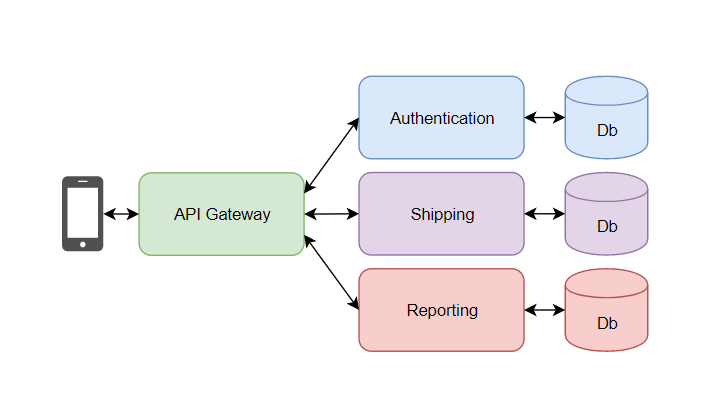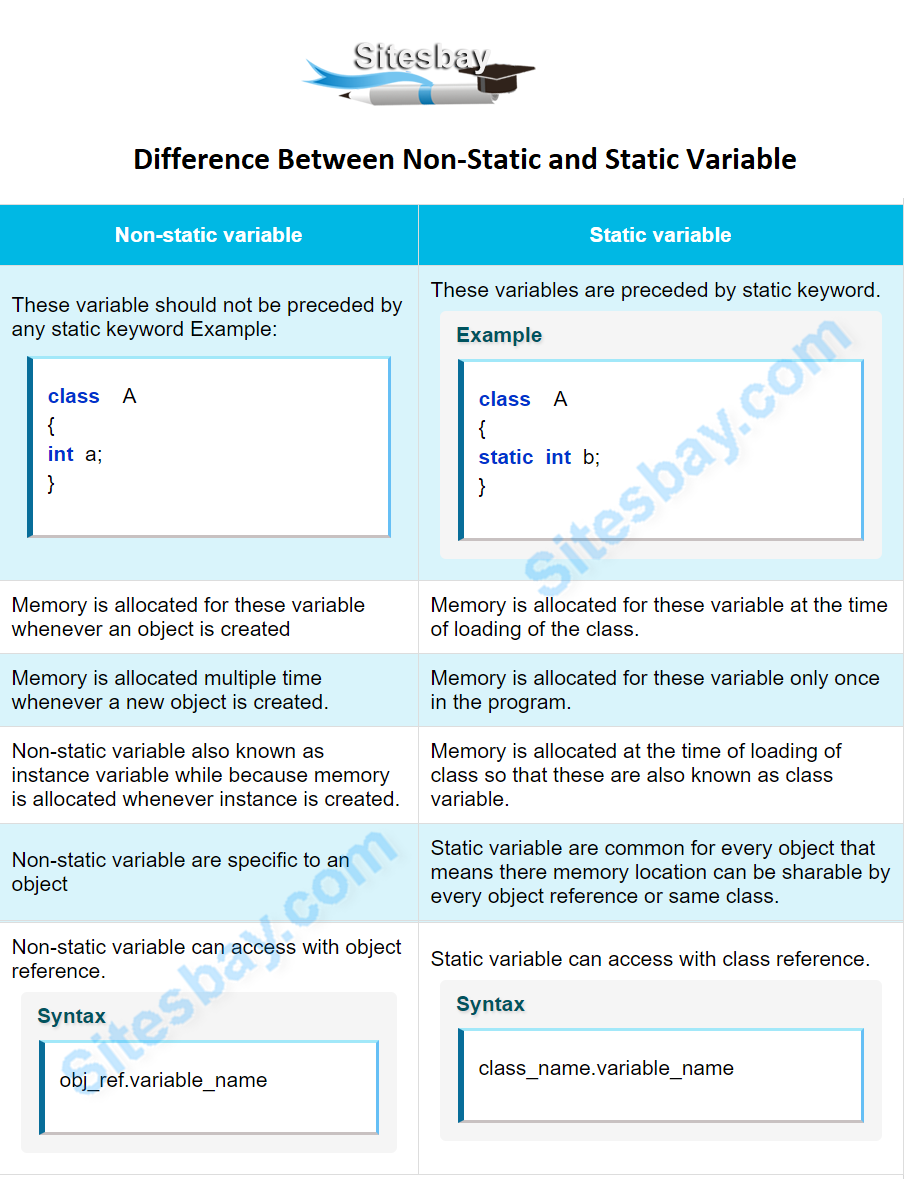Java join multiple threads
Java join multiple threads
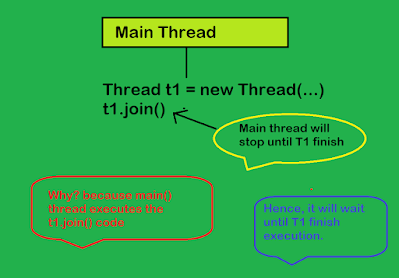
I'd be happy to help!
Java provides several ways to join multiple threads. Here are some common approaches:
Join() method: Thejoin() method is a built-in method provided by the Thread class in Java. It allows one thread to wait until another thread terminates. This can be useful when you want to ensure that one thread has completed its execution before moving on to the next step.
Here's an example:
public class JoinExample {
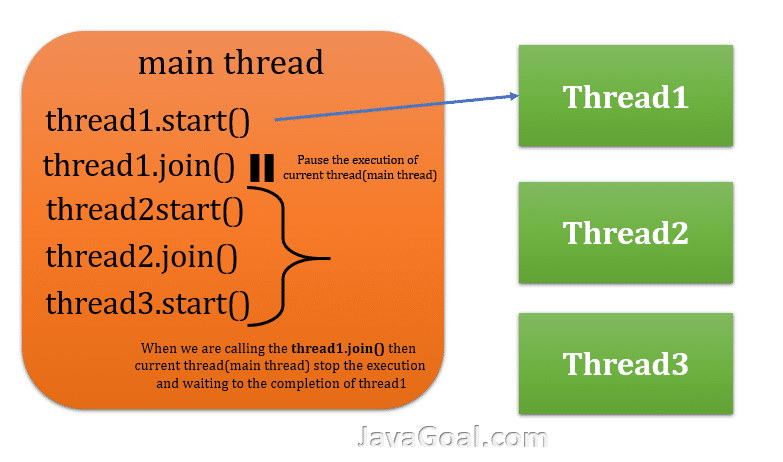
public static void main(String[] args) {
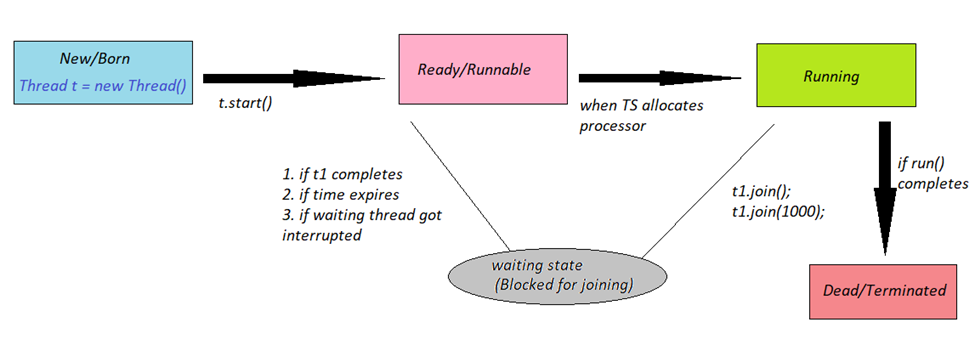
Thread t1 = new Thread(() -> {
for (int i = 0; i < 10; i++) {
System.out.println("Thread 1: " + i);
try {
Thread.sleep(1000); // Simulate some work
} catch (InterruptedException e) {
// Handle interrupt
}
}
});
Thread t2 = new Thread(() -> {
for (int i = 0; i < 10; i++) {
System.out.println("Thread 2: " + i);
try {
Thread.sleep(1000); // Simulate some work
} catch (InterruptedException e) {
// Handle interrupt
}
}
});
t1.start();
t2.start();
try {
t1.join(); // Wait for t1 to finish before proceeding
} catch (InterruptedException e) {
// Handle interrupt
}
System.out.println("Thread 1 finished");
}
}
In this example, the main thread waits until t1 finishes its execution using the join() method. Then it prints a message indicating that t1 has finished.
ExecutorService class in the java.util.concurrent package, which allows you to manage multiple threads more efficiently. You can submit tasks to an ExecutorService, and then use Futures to get the results of those tasks.
Here's an example:
import java.util.concurrent.ExecutionException;
import java.util.concurrent.ExecutorService;
import java.util.concurrent.Executors;
import java.util.concurrent.Future;
public class ExecutorExample {
public static void main(String[] args) {
ExecutorService executor = Executors.newFixedThreadPool(2);
Future future1 = executor.submit(() -> {
for (int i = 0; i < 10; i++) {
System.out.println("Task 1: " + i);
try {
Thread.sleep(1000); // Simulate some work
} catch (InterruptedException e) {
// Handle interrupt
}
}
return 1;
});
Future future2 = executor.submit(() -> {
for (int i = 0; i < 10; i++) {
System.out.println("Task 2: " + i);
try {
Thread.sleep(1000); // Simulate some work
} catch (InterruptedException e) {
// Handle interrupt
}
}
return 2;
});
try {
int result1 = future1.get(); // Wait for task 1 to finish and get its result
int result2 = future2.get(); // Wait for task 2 to finish and get its result
System.out.println("Task 1 finished: " + result1);
System.out.println("Task 2 finished: " + result2);
} catch (InterruptedException | ExecutionException e) {
// Handle interrupt or execution exception
}
}
}
In this example, the main thread submits two tasks to an ExecutorService, which manages a fixed-size thread pool. Then it uses Futures to get the results of those tasks and print them.
ReentrantLock, CountDownLatch, and Semaphore in the java.util.concurrent package, which can be used to coordinate access to shared resources among multiple threads.
Here's an example using a CountDownLatch:
import java.util.concurrent.CountDownLatch;
public class LatchExample {
public static void main(String[] args) {
final int NTHREADS = 5;
final CountDownLatch latch = new CountDownLatch(NTHREADS);
for (int i = 0; i < NTHREADS; i++) {
Thread t = new Thread(() -> {
try {
System.out.println("Thread " + i + " started");
Thread.sleep(1000); // Simulate some work
System.out.println("Thread " + i + " finished");
} catch (InterruptedException e) {
// Handle interrupt
}
});
t.start();
}
try {
latch.await(); // Wait until all threads have finished
} catch (InterruptedException e) {
// Handle interrupt
}
System.out.println("All threads finished");
}
}
In this example, the main thread creates NTHREADS number of threads, and each thread prints a message indicating that it has started and finished. The main thread uses a CountDownLatch to wait until all threads have finished before printing a final message.
These are just a few examples of how you can join multiple threads in Java. The choice of approach depends on the specific requirements of your application and the level of concurrency you need to achieve.
Java thread join vs wait
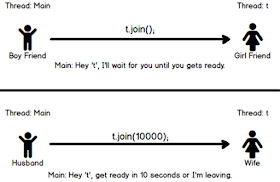
Java Thread Join vs Wait: Understanding the Difference
When it comes to multithreading in Java, understanding the difference between join() and wait() is crucial for effective synchronization and communication between threads. Both methods are used to pause a thread's execution until a certain condition is met, but they serve distinct purposes.
Thread.join()
join() is a method that allows one thread to wait for another thread to finish its execution. It is typically used in scenarios where you want to ensure that the main thread or a parent thread completes before continuing with other tasks.
Here's an example of how join() works:
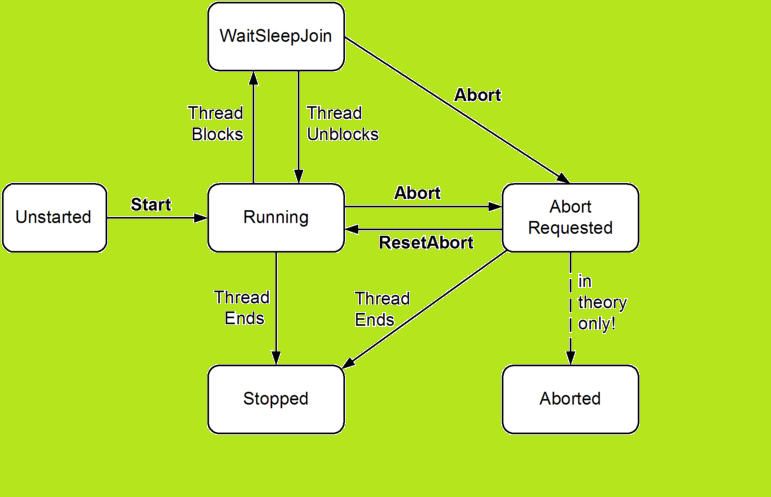
public class ThreadExample {
public static void main(String[] args) throws InterruptedException {
Thread childThread = new ChildThread();
childThread.start();
// Main thread waits for child thread to finish
childThread.join();
System.out.println("Main thread is continuing...");
}
}
class ChildThread extends Thread {
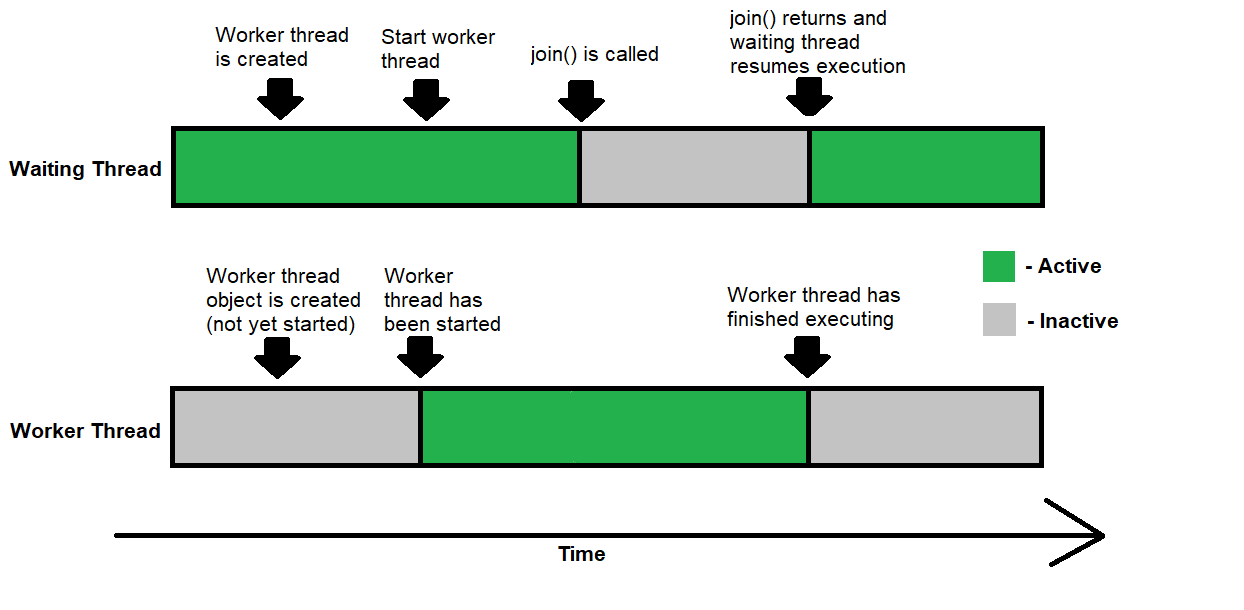
@Override
public void run() {
try {
Thread.sleep(2000);
System.out.println("Child thread is finishing...");
} catch (InterruptedException e) {
// Handle exception
}
}
}
In this example, the main thread starts the child thread and then calls join() to wait for the child thread to complete. Once the child thread finishes, the main thread continues its execution.
Thread.wait()
wait() is a method that allows one thread to wait until another thread notifies it using the notify() or notifyAll() methods. It is typically used in scenarios where you want to implement producer-consumer patterns or monitor-and-alarm systems.
Here's an example of how wait() works:
public class SynchronizationExample {
private Object lock = new Object();
public void produce() {
synchronized (lock) {
try {
System.out.println("Producing...");
Thread.sleep(2000);
System.out.println("Produced!");
lock.notify();
} catch (InterruptedException e) {
// Handle exception
}
}
}
public void consume() throws InterruptedException {
synchronized (lock) {
System.out.println("Consuming...");
lock.wait();
System.out.println("Consumed!");
}
}
}
In this example, the producer thread produces some data and then notifies the consumer thread using notify(). The consumer thread waits until it is notified by calling wait().
Key differences
The main difference between join() and wait() is their purpose:
join() is used to wait for a thread to finish its execution, whereas wait() is used to pause a thread's execution until another thread notifies it. join() is typically used in scenarios where you want to ensure that the main thread or a parent thread completes before continuing with other tasks. wait() is typically used in scenarios where you want to implement synchronization and communication between threads.
In summary, join() is used to wait for a thread to finish, whereas wait() is used to pause a thread's execution until notified by another thread. Understanding the difference between these two methods is crucial for effective multithreading in Java.
